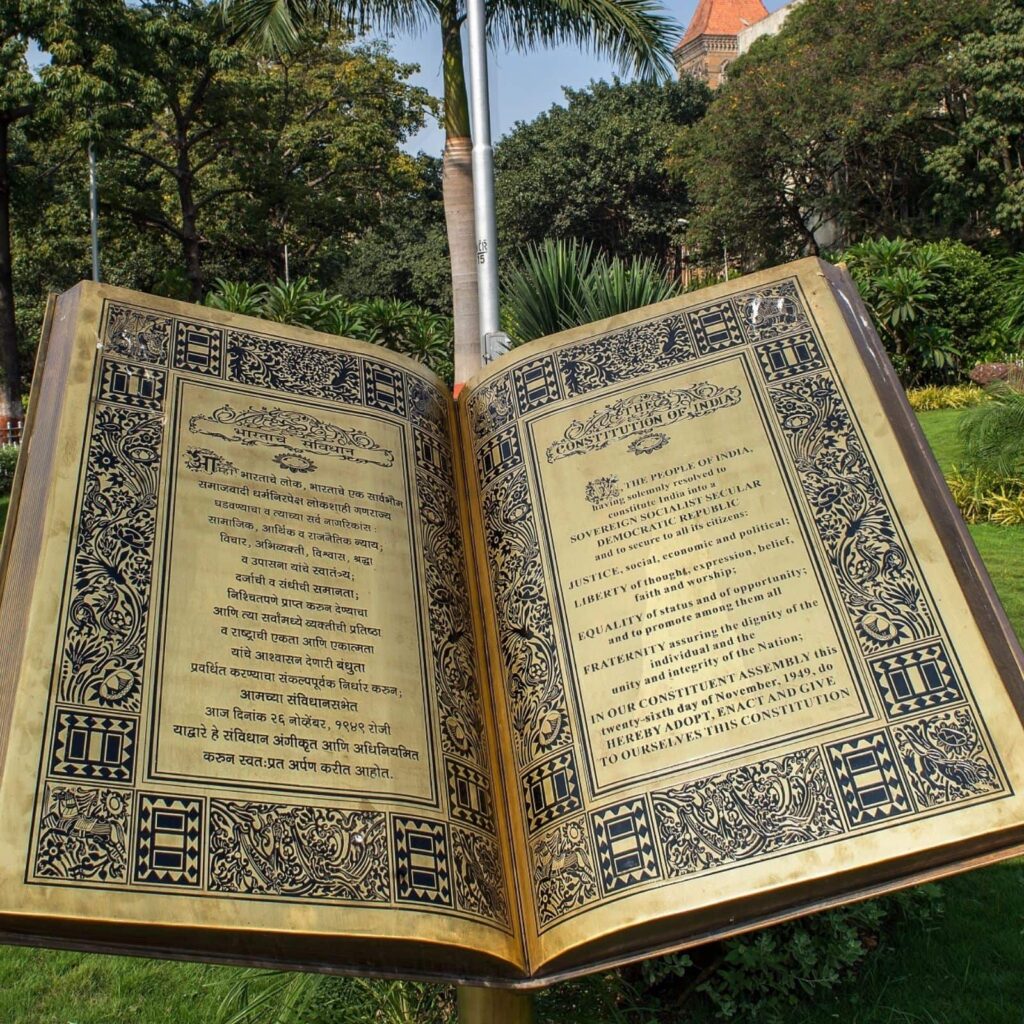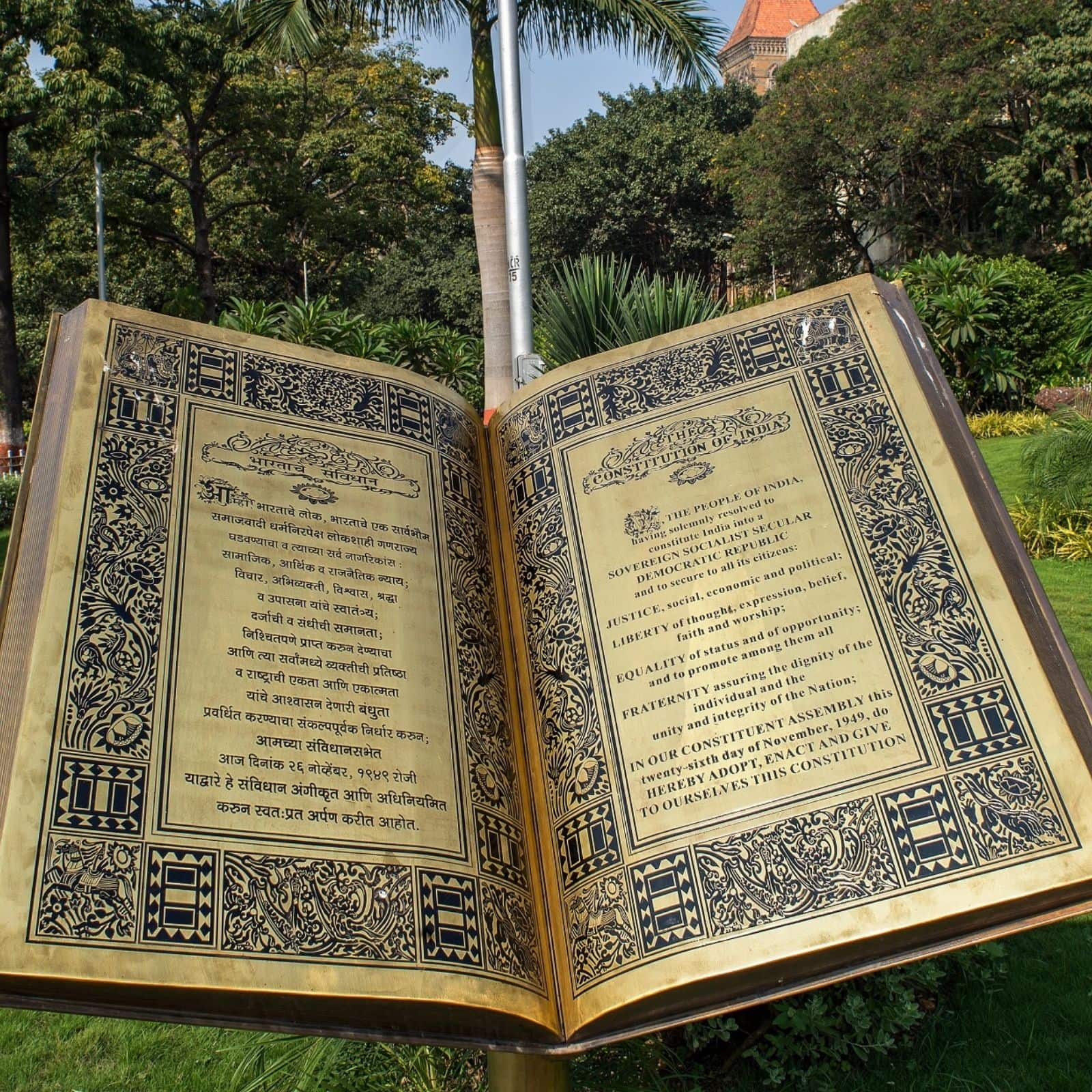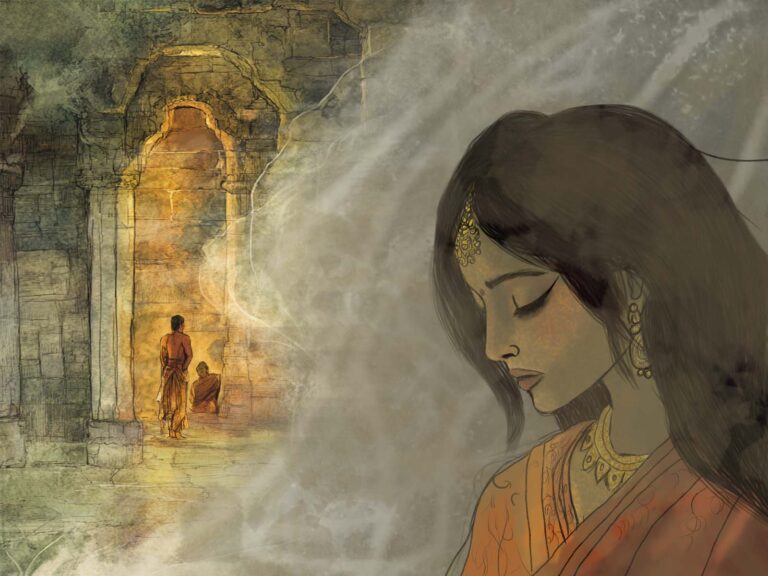Operating on constitutional lines
Shikha is a Law major at Campus Law Centre, University of Delhi. Additionally her area of interest pertains to polity and governance as well!
Tracing the lines
The literature at hand for the Constitution reads it as boundaries of the political community. These boundaries can be territorial (the geographical borders of a state, as well as its claims to any other territory or extraterritorial rights) and operating within the ambit of state. The pivotal purpose served by these sets of norms (constitution) is to eliminate the scope of arbitrariness and resist external force and preserve the internal order. In India, the constitution iterates the state’s fundamental principles and assumptions, and where its sovereignty lies. In the case of India, the very sovereignty lies derived from the people themselves. SUPRA(aforementioned) is to a great extent seen as a common binding force which provides a sense of belongingness to its people who operate in its radar (Identity and values of a national community).

Umbrella Document
Nevertheless, many constitutions including the Indian Constitution just go beyond the set parameters. They go afar to touch- to include social, economic and cultural rights or the specific collective rights of minority communities. Along with all these tenets they may also define the secular or religious nuance of the state to demarcate relationships between sacred and secular authorities. Generally speaking, the universality of the constitution lies in the respective organs- Legislature. Executive and Judiciary act within the system of checks and balances. In India, the role of each organ operates on a demarcation for their independent operation. The constitution invariably deals with all these organs and possesses powers to create another such organ which may fit. The greatest example in our constitution is the creation of the Finance Commission under Art. 280, the article reads as its core responsibility is to evaluate the state of finances of the Union and State Governments, recommend the sharing of taxes between them, and lay down the principles for the distribution of these taxes among States.
Indian philosophy of Constitution
It’s appositely stated that the constitution is written in blood, rather than ink. It’s the reverberation of long discussions and deliberations that lasted for approximately 165 days. This is the reason why we call the Indian constitution not merely a product of political revolution, rather it traced on the very path of quality research and meticulous study. Our holy document reads as Rigid yet flexible in nature! Which makes it unbending yet accommodative. Like the U.S, India took inspiration from numerous constitutions across the globe. Be it the parliamentary from Great Britain, the independence of the judiciary from the U.S or the provision to amend the constitution from the South African Constitution. Here we present these documents in a manner that uncovers the complex lacing together of ideas that were perpetuated and shaped by British and Indian political assay– sometimes in opposition and at others in concert. By tracing the effects of these historical documents on the final Constitution we adopted in 1950, we’ve developed the tools to advance a deeper history and understanding of Indian constitutionalism. Be it as it may, our constitution-makers tailored it by resonating the salience borrowed from various constitutions to fit the nature of the Indian framework of society.
Legally Speaking: Case laws to vouch the significance
Case 1 – Traveling back in time, the most evident case law challenging the amendment in the constitution was- Sri Sankari Prasad Singh Deo vs Union of India and State,1951. The challenge advanced by the petitioner was on the grounds that the first amendment in the holy document lacked conformity of the due process of law and is in contravention with art 368. The question whirled around that concern whether the ‘provisional parliament’ mentioned in art 379. Later in the case, the Supreme Court held that the provisional parliament mentioned in the constitution is not competent enough to initiate an amendment, as under art 368 any such question requires the cooperation of both the houses. Therefore, the verdict traced on the path of constitution and regarded any other clause of the following amendment which curtailed constitutional proviso as ultra vires.
Case 2 – The popular case of A.K Gopalan v State of Madras (1950 AIR 27, 1950 SCR 88). In synopsis there was a writ petition filed by the party under art 32 claiming that the petition (habeas corpus) was the writ provided in constitution against the detention. The pertinent question followed was -Is the preventive detention act 1950, ultra vires to the provisions of fundamental rights of the constitution? The Supreme Court in its judgment held the aforementioned act to be intra wires. Hence the act was under the ambit of constitutional provisions.
Case 3- The scope of what was constitutional (basic structure) was profoundly discussed in the case of – Kesavananda Bharati v. State of Kerala (1973). The case laid the foundation of several tenets of basic structure like supremacy of the Constitution, Democratic forms of Government, Secular character of the Constitution, Separation of Powers between the legislature, the Executive, and the Judiciary, Federal Character of the Constitution and rest was made circumstantial.
Current and beyond : Sabarimala Review
The Sabarimala temple case in Kerala raised a lot of concerns about religious freedom, gender equality and the right of women to worship. It was considered to be an attack on our significant fundamental right i.e., the right to equality. Hence the petitioners argued that discrimination based on biological reasons is not permissible going by the constitutional scheme, they maintain that due to the current exclusion, the right of women to worship the deity, Ayyappa, is violated. It therefore touches the part of ‘essential religious practice’ of worshippers under Article 25 of the Constitution.
Trait of flexibility of holy text
Given that the approach to interpreting a hefty text like the constitution gives rise to two possibilities. First is ‘take it as it is’ means following the originality of the constitution and being stringent with its set norms based on the thought process of framers. The second one is the ‘living tree’ doctrine — is very popular in Canadian jurisprudence. This very approach regards the constitution as a living and organic document flexible enough to evolve. Consequently, in ethos, the Sabarimala case is a test case not only for freedom of religion and women’s rights but also for constitutional interpretation. The judgment was a dissent by Justice Indu Malhotra which to date proves to open doors for a transformative interpretation of the constitution and the jurisprudence followed.
Bibliography
1. Constitutionnet.org. 2021. What Is a Constitution? Principles and Concepts. [online] Available at: <http://www.constitutionnet.org/sites/default/files/what_is_a_constitution_0.pdf> [Accessed August 2014]. (http://www.constitutionnet.org/sites/default/files/what_is_a_constitution_0.pdf )
2. Constitutionofindia.net. 2021. Historical Constitutions. [online] Available at: <https://www.constitutionofindia.net/historical_constitutions> [Accessed December 2021] (https://www.constitutionofindia.net/historical_constitutions )
3. Raj, T., 2018. Ways to read the Constitution. [online] The Hindu. Available at: <https://www.thehindu.com/opinion/op-ed/ways-to-read-the-constitution/article24794977.ece> [Accessed December 2021]. (https://www.thehindu.com/opinion/op-ed/ways-to-read-the-constitution/article24794977.ece)







